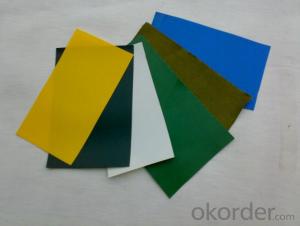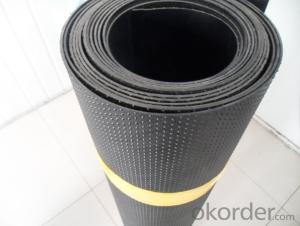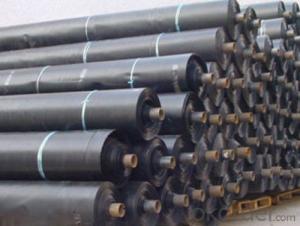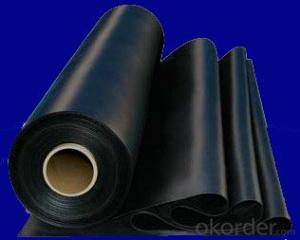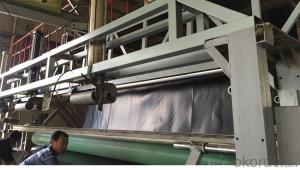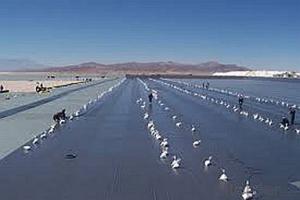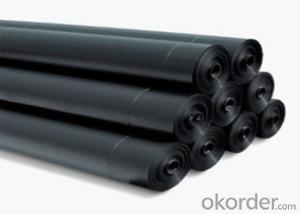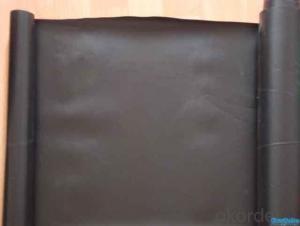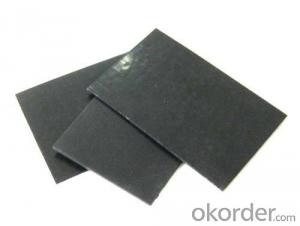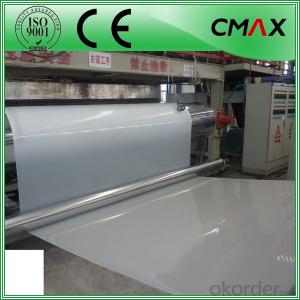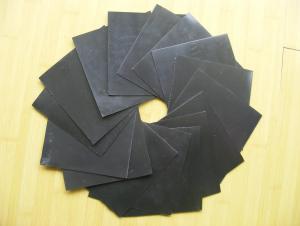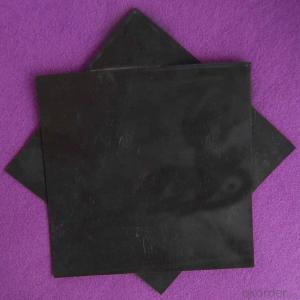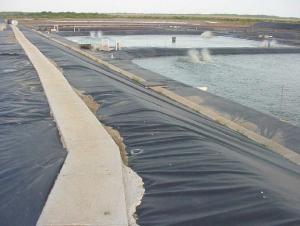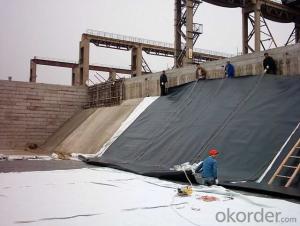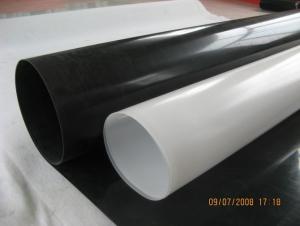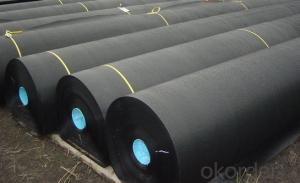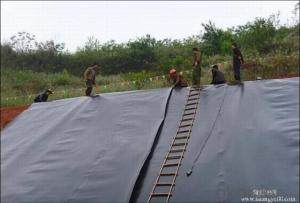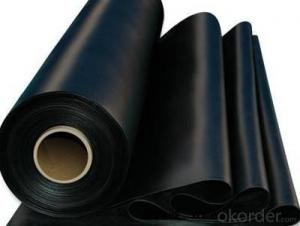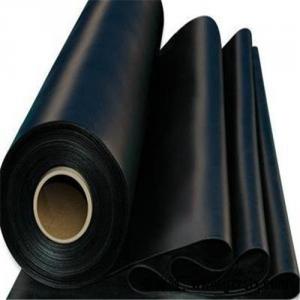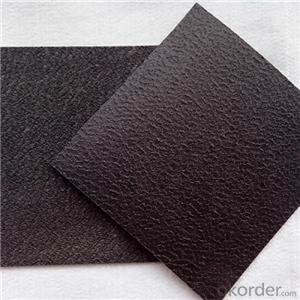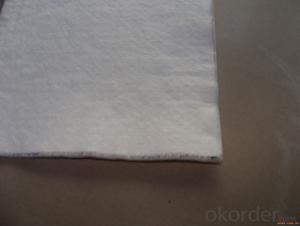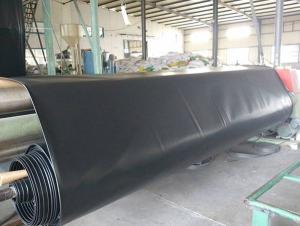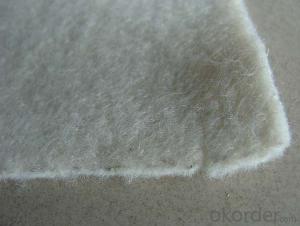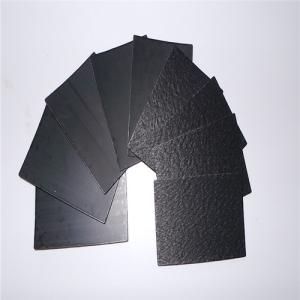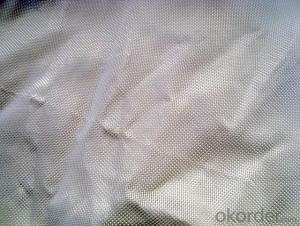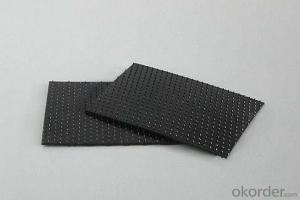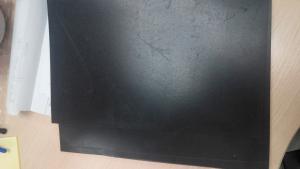Sotrafa Geomembrane
Sotrafa Geomembrane Related Searches
Blu Ray Player With Internet Geomembrane In Pakistan 30 Mil Pvc Geomembrane Pvc Geomembrane Specifications Pvc Geomembrane Geomembrane Machine Plastic Geomembrane Nonwoven Wallpaper Geomembrane Material Geomembrane FabricHot Searches
Geomembrane For Sale China Pvc Geomembrane China Geomembrane Roll Sheet Hdpe Geomembrane Sheet Price Hdpe Geomembrane China China Geomembrane Geomembrane China Hdpe Geomembrane Price Geomembrane Price Wholesale Hdpe Geomembrane Roll Geomembrane Factory Wholesale Liner Hdpe Geomembrane Wholesale Geomembrane Hdpe Wholesale Hdpe Geomembrane Geomembrane Market Size Wholesale Hdpe Geomembrana Wholesale Liner Geomembrane Geomembrane Liner Supplier Wholesale Geomembrane China Pvc GeomembraneSotrafa Geomembrane Supplier & Manufacturer from China
Okorder.com is a professional Sotrafa Geomembrane supplier & manufacturer, offers integrated one-stop services including real-time quoting and online cargo tracking. We are funded by CNBM Group, a Fortune 500 enterprise and the largest Sotrafa Geomembrane firm in China.Hot Products
FAQ
- nan
- The main raw materials of geomembrane is polyethylene, while glass fiber reinforced plastics is glass fiber epoxy resin. Specific steps: Surface treatment, surface coating, geomembrane heating and softening, anchoring, sealing glue
- nan
- Fashionable IT computer screen protective film has both the type which doesn't prevent scratching and light reflection resistance film. They all have high definition and high light transmittance with light transmittance of more than 95%. Electrostatic adsorption, does not contain glue, automatic attachment, convenient to stick. dedicated model, no need to cut, size precision of 0.01MM, perfect fit. filtering and brightening, filter 10% redundant glare, comfortable vision. Blocking 90% radiation and ultraviolet rays, so as to protect the eyes. Dust-proof, water-proof, oil-proof, fingerprint-proof, clean with water before using if necessary.
- Yes, geomembranes are generally resistant to animal waste. They are designed to provide a barrier against various substances, including liquids, chemicals, and waste materials, making them an effective solution for containing and managing animal waste.
- Geomembranes handle high water pressure by being made from materials that are impermeable to water and have high tensile strength. These materials, such as reinforced polyethylene, are specifically designed to withstand the force exerted by high water pressure without rupturing or leaking. Additionally, geomembranes are often installed with proper anchoring and support systems to further enhance their ability to handle high water pressure.
- Geomembranes perform well in seismic areas due to their flexible and durable nature. They are designed to withstand ground movement and vibrations caused by earthquakes, providing a reliable barrier against seepage and contamination. The high tensile strength and puncture resistance of geomembranes help them maintain their integrity even during seismic events, ensuring the safety and stability of containment systems in these areas.
- Some potential risks associated with geomembrane installation and use include improper installation leading to leaks or tears, inadequate soil preparation causing uneven settling or shifting, damage from sharp objects or heavy machinery during installation, degradation or deterioration over time due to exposure to UV radiation or harsh chemicals, and potential contamination of soil or water if the geomembrane fails to effectively prevent seepage. Regular inspection, maintenance, and adherence to proper installation techniques can help mitigate these risks.
- Yes, geomembranes are typically designed to be resistant to oil and chemical spills. They are commonly used as containment barriers to prevent the migration of pollutants into the environment. These membranes are engineered with materials that exhibit excellent resistance to various chemicals and oils, ensuring effective containment and protection of underlying surfaces.
- Yes, geomembranes are designed to be resistant to erosion caused by waves and currents. They are typically made from durable materials such as high-density polyethylene (HDPE) or polyvinyl chloride (PVC) that can withstand the forces exerted by water movement. Additionally, geomembranes can be reinforced with geotextiles or other materials to enhance their resistance to erosion and provide long-term stability in coastal or marine environments.










